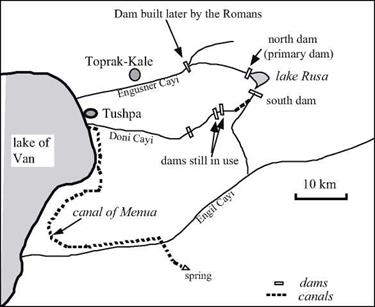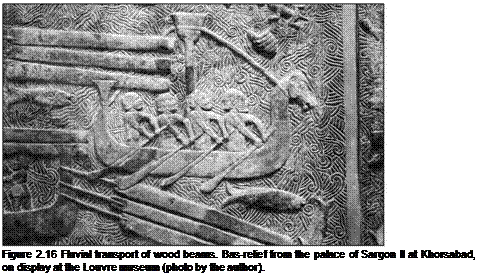Terminals on Crest Vertical Curves
Mainline crest vertical curves in the vicinity of ramp terminals should be designed using stopping sight distance values 25 percent higher than the design speed value from Table 2.18. Where a crest vertical curve occurs on an exit ramp at or near the nose, the crest vertical curve should be designed using the “upper-range” design speeds of Table 2.28.
2.5.2 Ramp At-Grade Intersections
Ramp at-grade intersections are designed using many of the same criteria as outlined in Art. 2.4.1. However, one of the basic differences is the one-way nature of ramps and the fact that most traffic at ramp intersections is turning. Figure 2.44 shows the design of a typical uncurbed ramp intersection. Curbed returns are normally used in urban areas where space is more restricted.
read more







